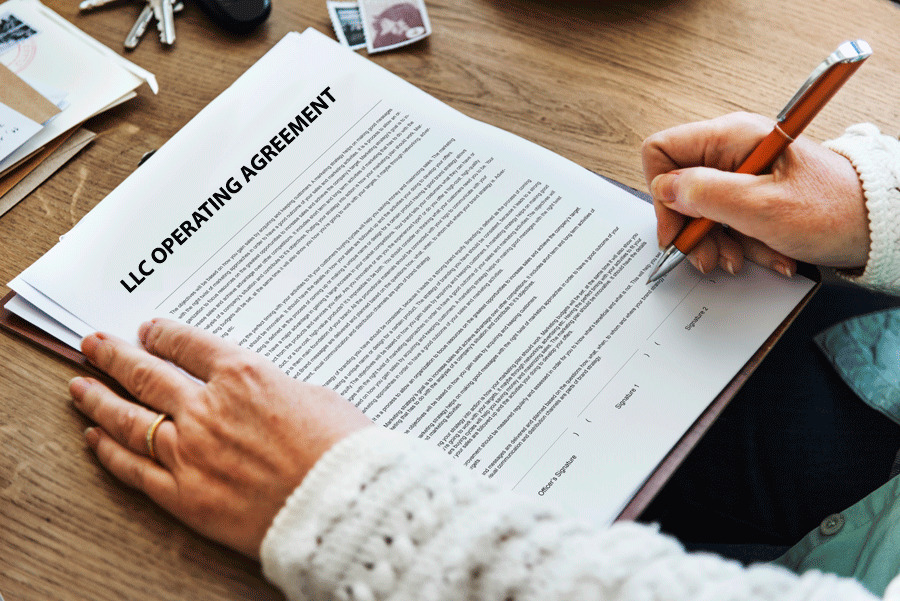A Statement of Facts is a legal document that is written to highlight all the core legal issues of a client.
It is prepared in different legal cases that mainly involve judicial principles. It is meant to introduce the key parties of the legal issue. With it, you will have the most important document in a court briefing.
As a law student in law school, you need to understand how to write it and why it is important to write one. You have probably spent your time in law school studying legal doctrines, reading case laws,writing briefs, writing memorandums, and participating in real-life simulations. You need to understand that writing thi statement is also as important as all other concepts you learn in law school.
It is a document that provides legally significant facts in the court to help in analyzing an instant case and determine the rules and laws to be applied to the case. You will need to prepare this document when drafting different types of briefs. These briefs include trial briefs, pretrial motions, and even appellate briefs.
This document usually starts with one or two sentences that describe the client’s core legal issues. You will also need to describe the situation and highlight all the facts in a way that is easy to read and understand. When writing it, remember that it is an important document. This report provides the different facts of the case, addresses the relevant legal questions, and determines how the case will turn out.
Downloadable Templates
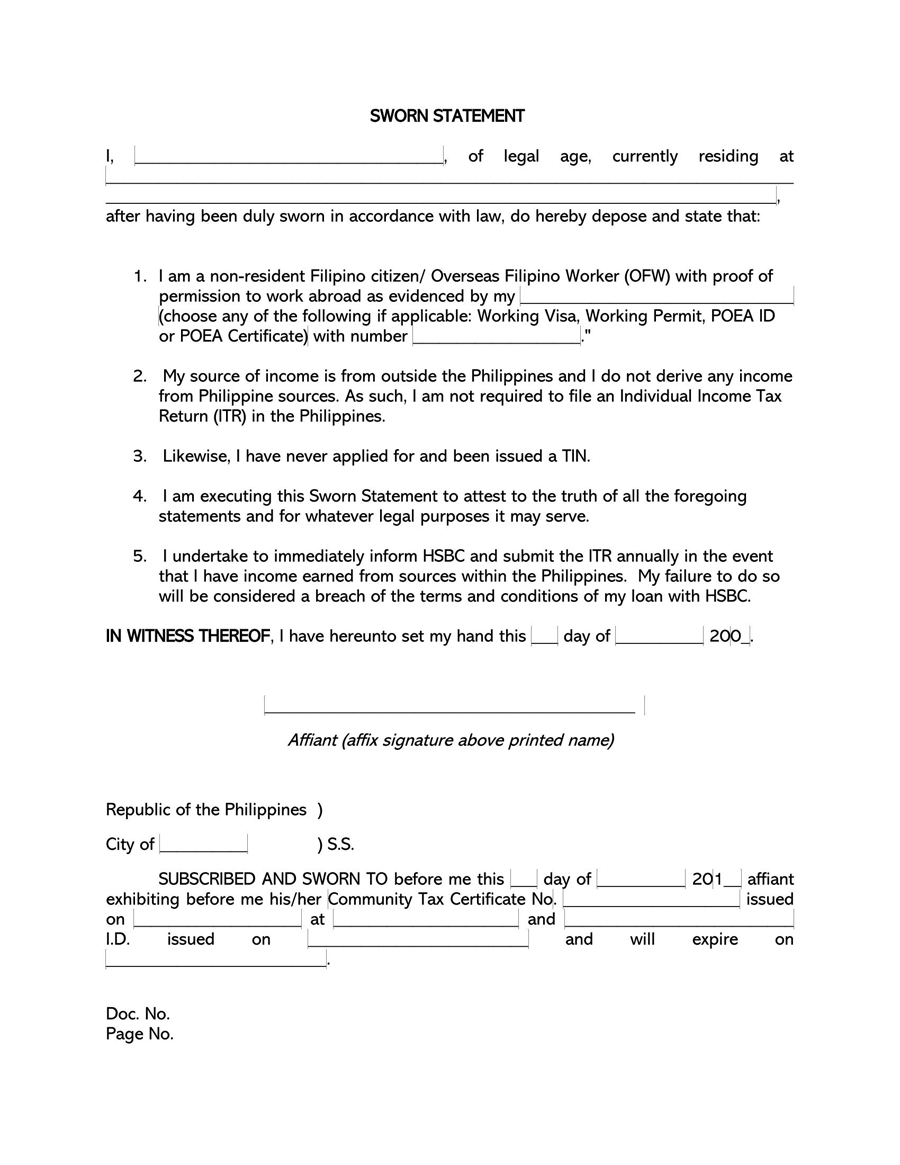

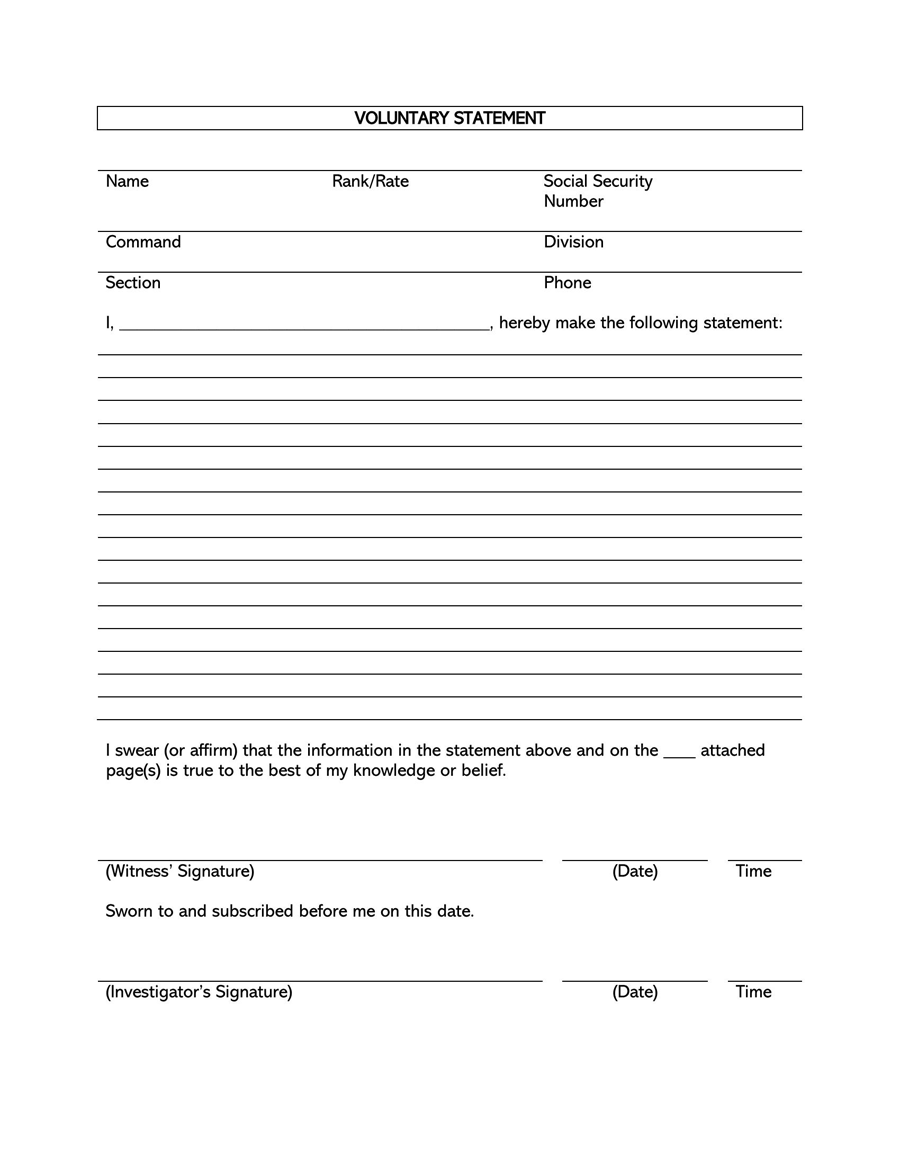


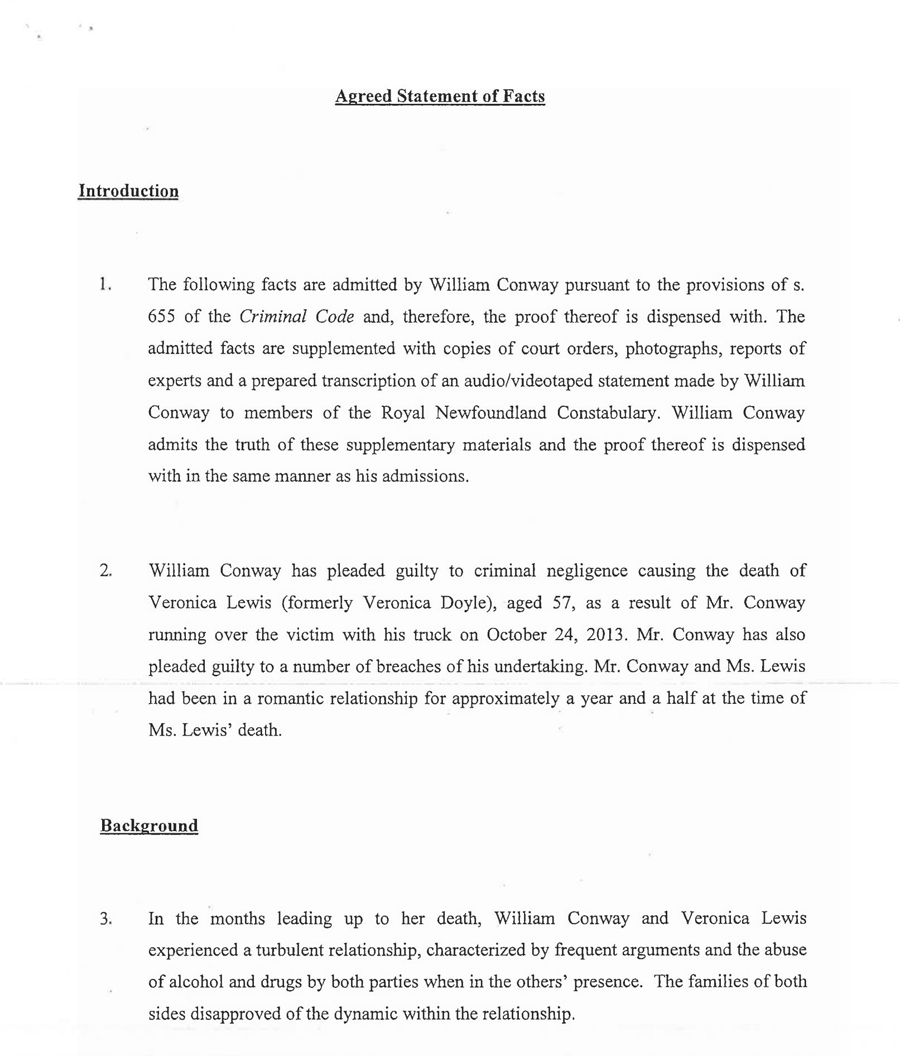
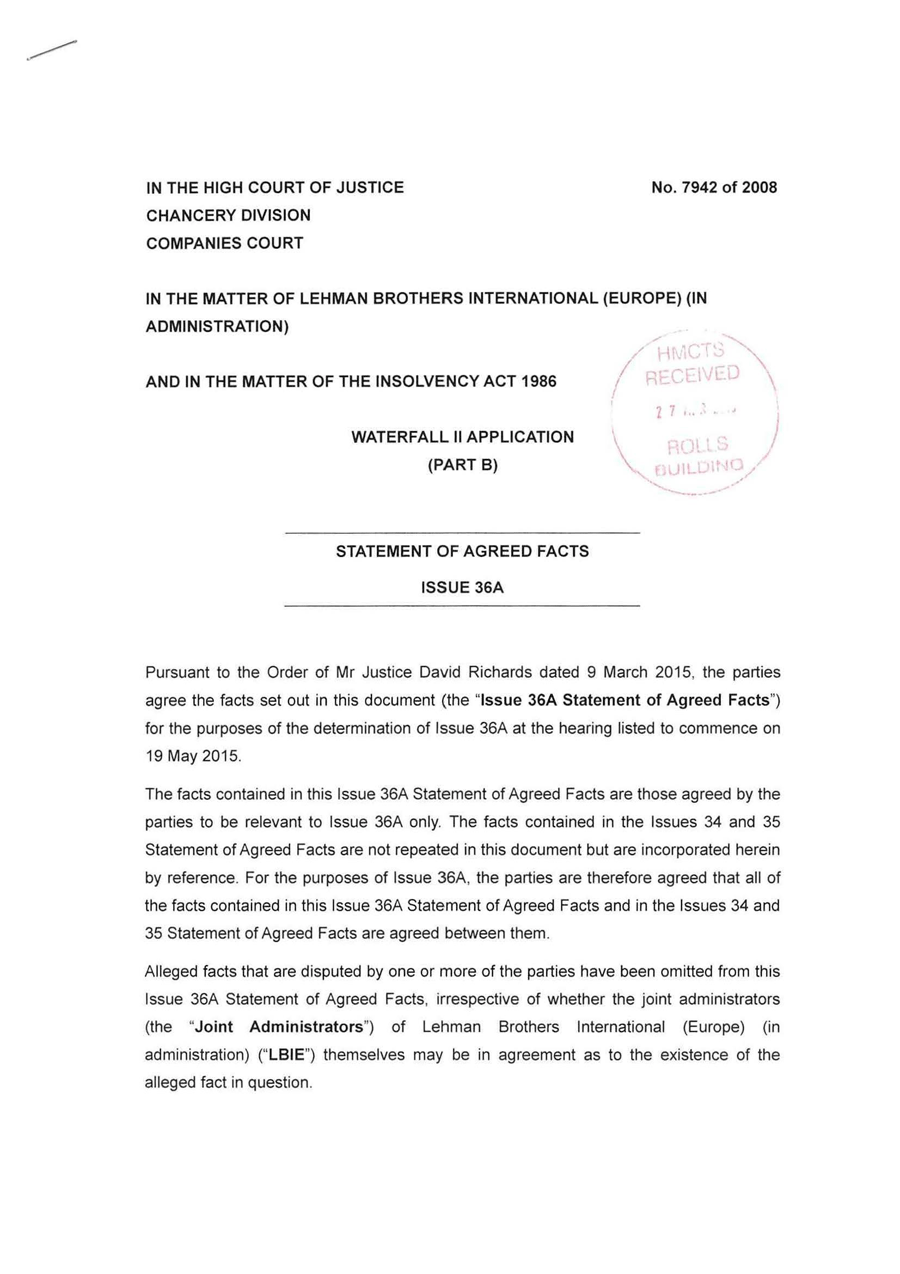
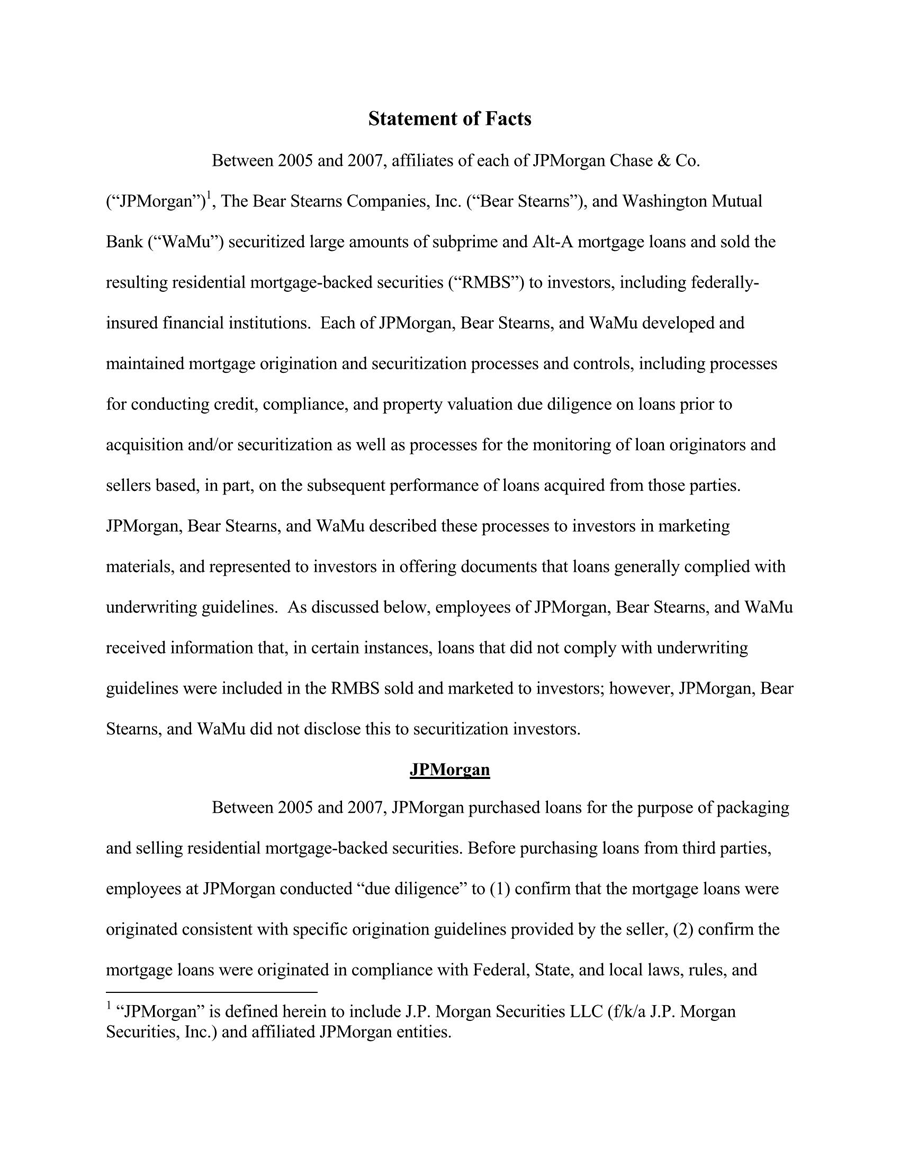
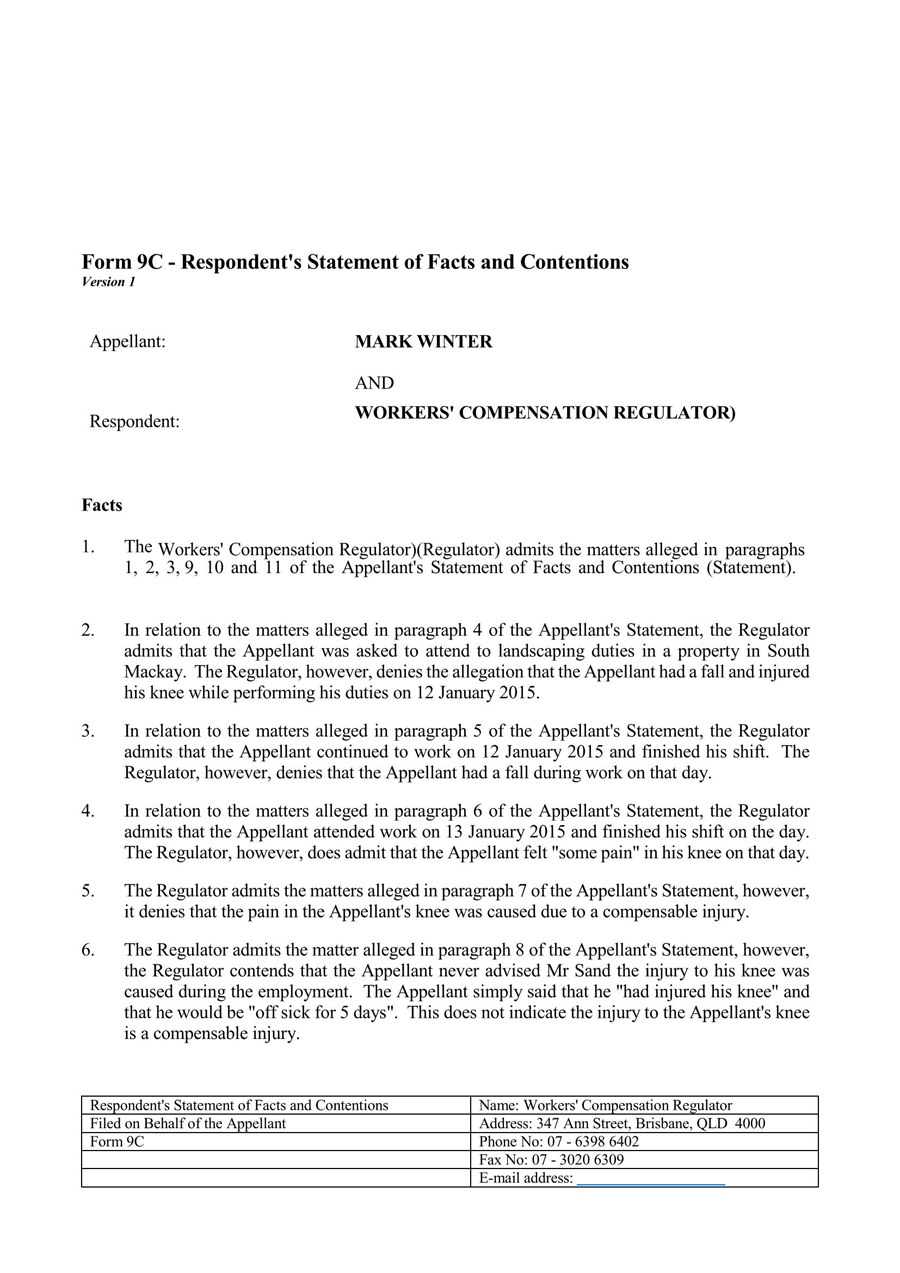
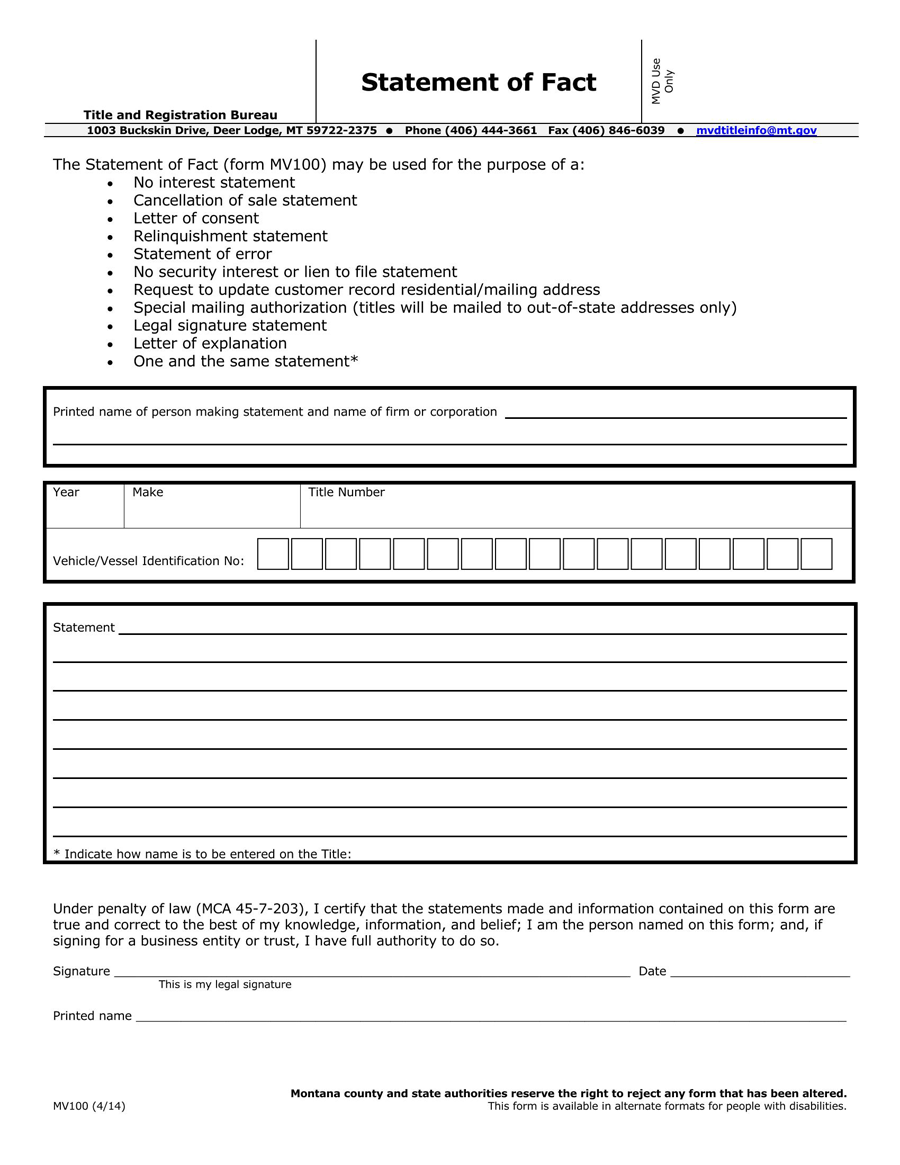
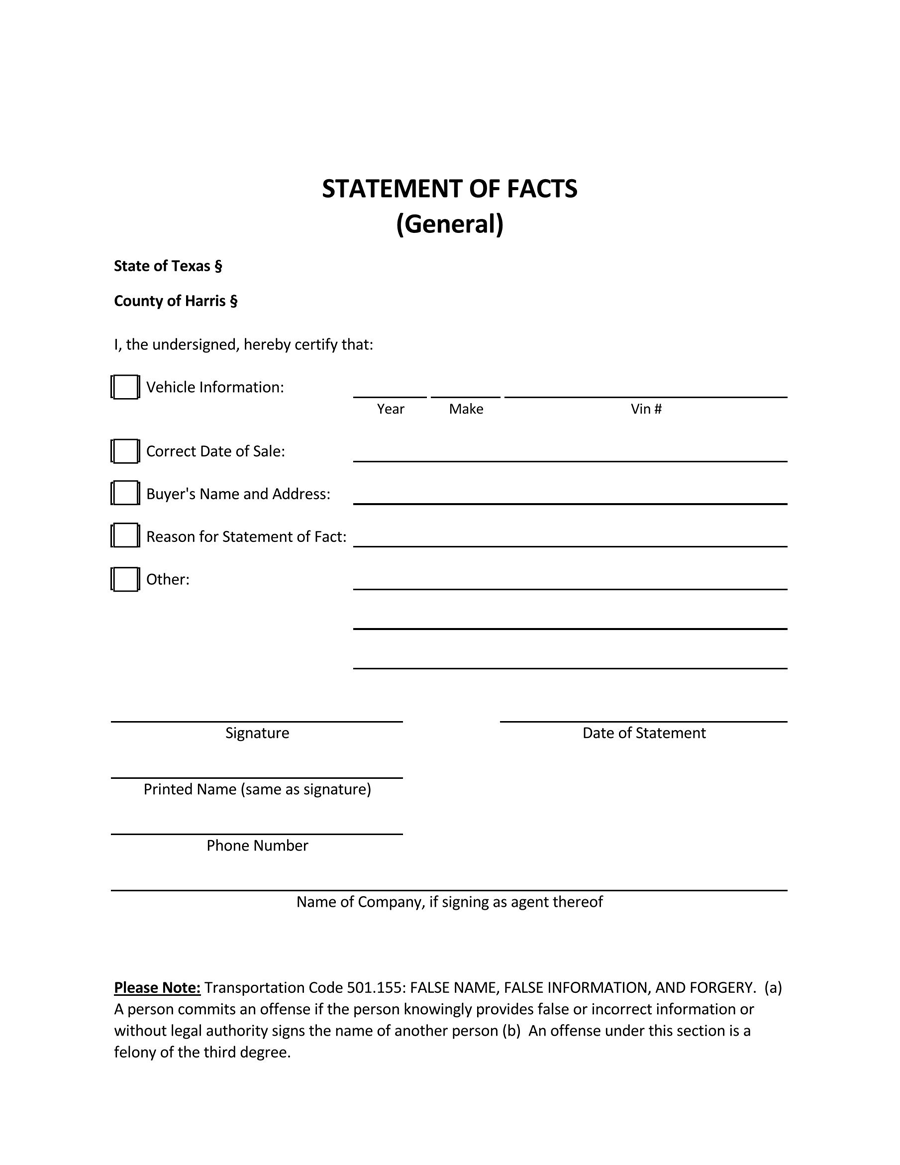
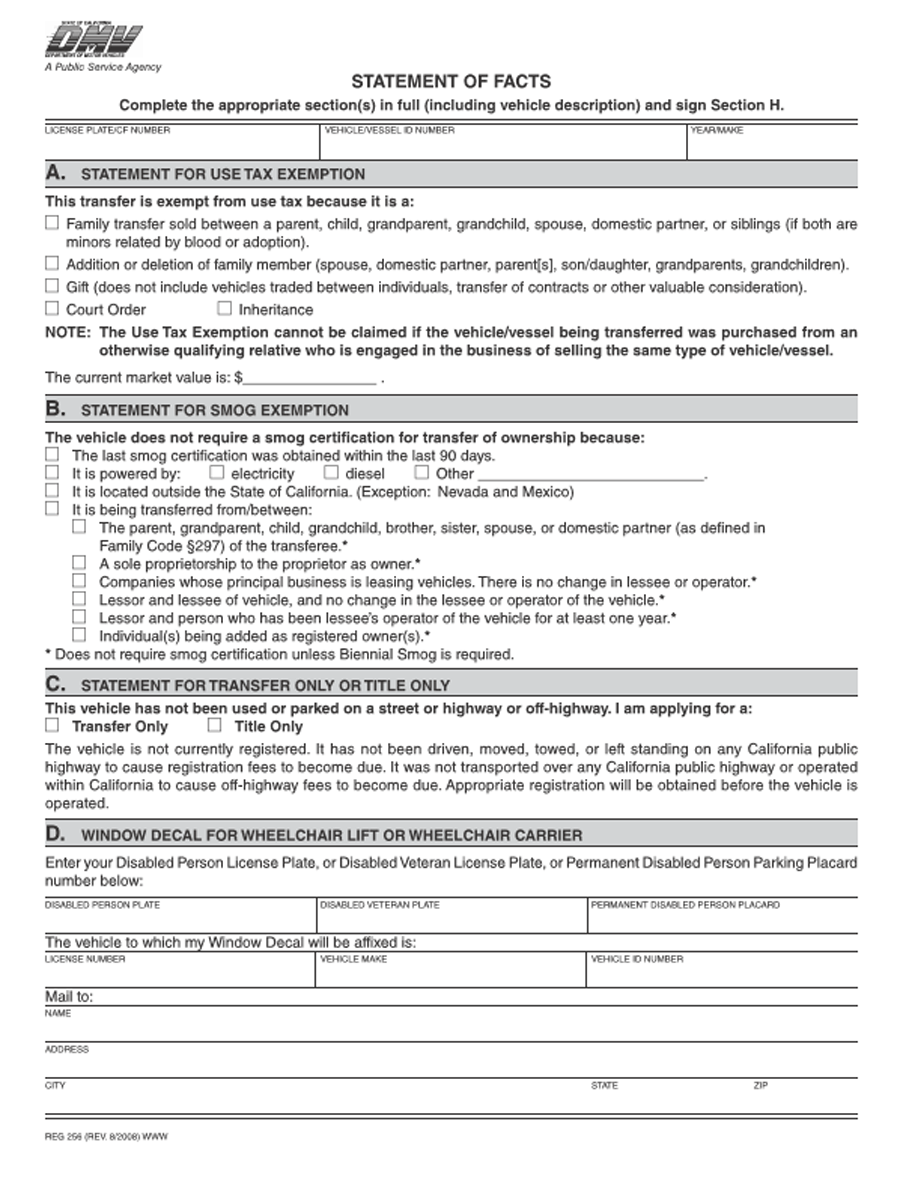
How to Write a Legal Statement of Facts
It is important to gather the facts of a case and write them in a manner that the reader will understand. These facts are essential as they will determine the kind of laws to be used in that case and guide the case’s outcome.
To write a persuasive document, there are steps you should consider. With these steps, you will be able to write a detailed legal statement that will be useful in court:
Introduction
The first part of this report is usually a powerful statement that consists of either one or two sentences and is the main focus of the document in court. This first part is meant to highlight the following details:
- The client’s core legal issues: Core legal issues depend on the case of the client. They refer to any issues that have legal implications and may require the help of a lawyer and the intervention of the court.
- Key characters: The introduction part should also introduce the key characters. These are either parties that were involved in the issue being discussed in the case or those that are affected by the case.
Main body
After the introduction, the next part you will need to focus on in this document is the main body. It should include the following information:
- All legally significant facts: You will need to mention all the facts in relation to the case that the court will require. The facts should be legally significant for the court to use to evaluate the case and determine the rules to be applied to the instant case. They should be complete and have enough evidence for them to count as facts in court.
- Background facts: It is also necessary and important to list all the background facts that help provide a detailed narrative of the instant case. The facts should be usable in the discussion section when the fact-to-fact comparison takes place. The background facts will also help to guide those people attending court to understand what the case is all about.
Procedural posture
The last part is the procedural posture. It is usually written in one or two sentences. It is referred to as a brief summary of how the case arrived in the court. It is also known as procedural history. It is meant to offer the reader a faster understanding of the history of the case and case brief. You need to write this information in an unbiased and neutral manner. Try to include only meaningful facts that will contribute to the resolution of the case.
note
When citing the case file, the statement of facts should observe the proper Bluebook citation, which includes both the long and short form. However, this should only be used if applicable.
Special Considerations
There are some special considerations that you will need to observe when preparing this legal document. These tips will help you write a statement that is considered valid in the eyes of the law.
Some of these special considerations are described below:
State the facts in a logical order
Not all cases require you to state your facts in chronological order. You need to look at the type of case before deciding how to arrange the facts. For cases like those dealing with companies dispensing drugs that have not been approved by the FDA, you will need to arrange the facts associated with the case in a logical order. In this case, the facts should be written creatively and logically.
However, in some cases, you can write in chronological order. Start by highlighting all the rules that were broken by these companies, and how they dispensed the drugs before stating the aftermath of the situation like deaths and debilitating medical conditions.
Advocate without arguing
You need to indicate all tha facts of the case in this document. Ensure you write your facts in a way that sounds objective and not argumentative. With arguments, you will sound like you are forcing a court to rule in your favor. This will work against you since the court does not appreciate being told what to do and how to do it. Avoiding arguments will ensure that you appear credible and eligible in front of the court.
Also, by avoiding arguments in your statement, the court will more likely believe that your facts are truthful, complete, and not biased. However, it would help if you focused on advocating your case. You can do this by focusing on the facts that favor your case. You should organize the favorable and unfavorable facts by starting with the favorable ones to advocate for the case.
This way, you will have successfully avoided arguing and found a way to advocate for the case without telling the court what to do. However, you should not completely neglect the unfavorable facts as they will help to highlight how these facts should not affect how the case turns out. Hiding these unfavorable facts will make you lose your credibility, especially if the opposing counsel mentions them.
Write as if you are narrating a story
While stating your facts, you need to describe them in an interesting and story-like manner. Through this, you will be able to capture your reader’s attention. You can use paragraphs to arrange your facts like a narrative. This way, you will be able to show the facts to the court rather than just telling them. Ensure that your paragraphs are not very long.
Avoid irrelevant facts
When writing your statement, ensure you avoid irrelevant facts. Such facts will distract the court from focusing on the favorable and supportive facts of the case. Also, irrelevant facts will make your document less persuasive and credible.
Avoid exaggerating and dramatizing the facts
Ensure you do not include exaggerated facts in the documents. Instead, include the ones only as the record shows, i.e., accurately. This way, you avoid misrepresenting the facts of the case. Any form of misrepresentation in the facts will cost you your credibility before the court.
Avoid making legal conclusions
The document is all about providing facts about the case and not about making legal conclusions. It is the work of the court to make any legal conclusions. You will need to only provide and highlight all the facts that are relevant to the case. The court will determine which law to use when judging the case and the kind of judgment to pass in regards to the case.
Include relevant case law or statutory language
In case there are relevant case laws or statutory language that fit well with the case, you can also include this information in the document. The laws should be those focused on resolving the case and assisting the court in dealing with the case. When you include suitable relevant case laws or statutory language, you increase the persuasiveness of the document. Also, the court will view the document as one that contains facts beyond a reasonable doubt.
Proofread for spelling, grammar, and language errors
After writing your document, you should proofread and edit out any spelling, grammar, and language mistakes. You should ensure that your sentences are not over 25 words long, are simple sentences, and have transition words between them for a better flow of facts. Avoid repetition, unnecessary adjectives, extra adverbs, and nominalizations in your document whenever possible.
Ensure it does not contain any abusive language towards the other party, is brief and straight to the point, and is also persuasive enough for the court. You should end your document with one or two sentences that provide a brief laydown of the case’s procedural posture.
Final Thoughts
A statement of facts is a legal document meant to highlight all the legally significant facts of the case to help the court determine the laws that will be applied to the case and guide the case’s outcome. As a law student, you need to learn how to write it as it is an important document, especially while preparing a trial brief, pretrial motion, or appellate brief. Your document should have an introduction, the main body, and a procedural posture. Ensure that you observe the tips provided in this article to write a proper and valid statement.












